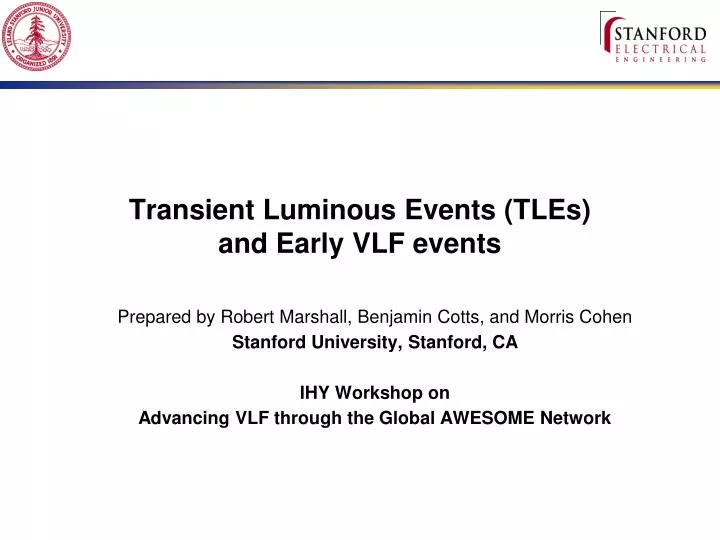

Lightning occurrence at higher latitudes in northwestern Europe is by far less frequent than mainland continental and the Mediterranean during most of the year. We find that the best agreement between the simulated and observed spatial distribution is obtained when using a novel combined lightning parameterization based on the cloud-top height over land and on the convective precipitation over ocean. We implement this parameterization into the LNOX submodel of the Modular Earth Submodel System (MESSy) for usage within the European Center HAMburg general circulation model (ECHAM)/MESSy Atmospheric Chemistry (EMAC) model and compare the observed and simulated climatologies of LCC lightning flashes using six different lightning parameterizations.

We use meteorological data from reanalyses to develop a global parameterization that uses vertical velocity at the 450 hPa pressure level as a proxy for the ratio of LCC to total lightning in thunderstorms. In this study, we develop a parameterization of LCC lightning flashes based on a climatology derived from optical lightning measurements reported by the Lightning Imaging Sensor (LIS) on board the International Space Station (ISS) between March 2017 and March 2020.

Reports of LCC lightning flashes tend to occur in winter and oceanic thunderstorms, which suggests a connection between weak convection and the occurrence of this type of discharge. Instead, these so-called long-continuing-current (LCC) flashes are commonly observed by extremely low-frequency (ELF) sensors and by optical instruments located in space. The continuing current of lightning flashes cannot be detected by conventional lightning location systems. However, lightning parameterizations implemented in global atmospheric models do not include information about the continuing electrical current of flashes. Such flashes are proposed to be the main precursors of lightning-ignited wildfires and also to trigger sprite discharges in the mesosphere. The overall behaviour is consistent among individual years, making the observed seasonal cycle a robust general feature of TLE activity above Europe.Lightning flashes can produce a discharge in which a continuing electrical current flows for more than 40 ms. mostly sprites, is shown to be largely consistent with lightning activity, with a 1/1000 of observed TLE-to-lightning ratio in regions with most observations. The two seasons peak, respectively, in August and November, separated by March and April with almost no TLEs, and a relative minimum around September. The climatology shows intense TLE activity during summer over continental areas and in late autumn over coastal areas and sea. The majority of TLEs were classified as sprites, 641 elves, 280 halos, 70 upward lightning, 2 blue jets and 1 gigantic jet. The number of TLEs per thunderstorm was found to follow a power law, with less than 10 TLEs for 801 thunderstorms and up to 195 TLEs above the most prolific one. Because of this unprecedented number of European observations, it was possible to construct a climatology of 8394 TLEs observed above 1018 thunderstorm systems and study for the first time their distribution and seasonal cycle above Europe and parts of the Mediterranean Sea. In 2009 through 2013, the number of optical observations of TLEs reached a peak of 2000 per year. Since then, Eurosprite campaigns have been conducted to observe sprites and other transient luminous events (TLEs), expanding into a network covering large parts of Europe and coastal areas. In 1999, the first sprites were observed above European thunderstorms using sensitive cameras.

Neubert, 2020: Climatology of transient luminous events and lightning observed above Europe and the Mediterranean Sea.


 0 kommentar(er)
0 kommentar(er)
